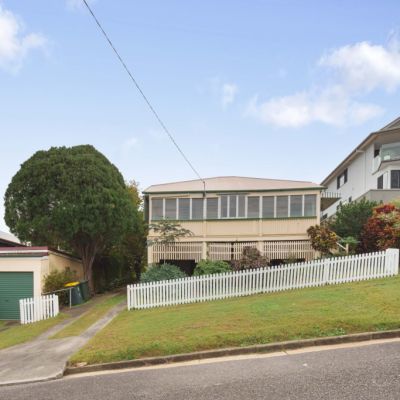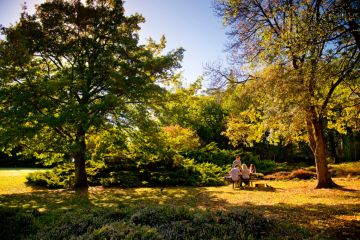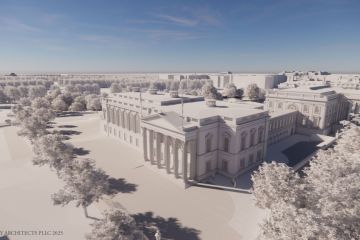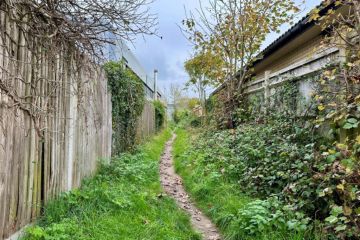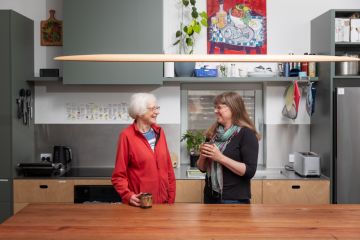How to get a toasty indoor swimming pool at home for winter
Of all the enviable features a home can have, an indoor swimming pool is supreme.
The kidney-shaped backyard pool was once the height of sophistication and a symbol of success for an Australian family – even if the climate in some states meant it was rarely used.
At-home pools are now not just a hang-out for kids and their friends in summer, but also a year-round sanctuary for parents.

This has made indoor pools, at a realistic base cost of at least $230,000, the ultimate add-on.
For those not lucky enough to buy a home with an indoor pool – of which listings are scarce – one can be annexed to an existing property.
Costs are about $80,000 to $120,000 for the pool itself, and the addition of the room can be in the realm of $150,000, experts say.
Laguna Pools director Glenn Maxton says the wellness trend is an inspiration for his clients.
Custom designs based on luxury European bath houses, Turkish hammams and day spas are sought by customers for whom the pool is more than a place to cool off for three to six months of the year.

Essential to their at-home rituals, pools need to hover 28 or 29 degrees through autumn and winter and look the part.
“At a commercial level, gyms are creating those types of spaces and this flows into the residential sector, where mums and dads like the idea of having that at their beck and call in their property,” Maxton says.
“We’re seeing people referencing a Turkish or Italian bath house and wanting natural stone in the space, which creates a calm environment.
“There’s a lot of tile options out there now that are starting to mimic expensive natural stones without the cost, but it’s really about making the pool water the hero. You can achieve beautiful, soft, pale blue or turquoise tones in the water, which look really inviting.”
Maxton says indoor pools are a fraction of his business but the desire for holistic zones at home is likely to drive greater demand.
Also in vogue is the move away from chlorine to less harsh sanitisers, according to Scott Tymkin, managing director of Enkipools.
“Magnesium and mineral pools are very popular,” he says. “We include them in almost every project we build.”
Clients have been known to swap their dated, decades-old pool for a smaller version they can soak in.
Plunge pools are in fashion and are compact enough for side-by-side hot and cold options. They also fit neatly next to an indoor sauna, Plungie chief executive Cam Levick says.
“We have a client in Brisbane who’s filled in an old swimming pool, and they’re now turning that internal area into their own private residential wellness space,” Levick says.
“They’ve got a hot pool, a cold pool and a sauna, in an area which was dedicated to a large in-ground pool in the past.”
Levick recently sold several of his models to a developer in Missouri, in the US, who is including them in a housing project.
His pools are crafted from dense, thermal-friendly concrete. “It holds its temperature better, regardless of whether the installation is in the ground or above the ground,” he says.
Ultimate pricing for an indoor pool depends on how large and elaborate the surrounding structure is, the grandeur of tiles and materials, and the heating and cooling methods.
In addition to architecture and design, home owners may need to engage a hydraulic engineer to ensure perfect ventilation and temperature, Tymkin says.
“Ideally, you want the pool water and the air temperature in the room to be very similar, and that prevents evaporation,” he says.
Not all materials will endure a moist, enclosed environment and need to be carefully selected to avoid corrosion.
To achieve the right conditions, gas and solar heating are less suitable and reliable than electric heat pumps, Tymkin advises.

Property owners keen on having an indoor pool ready for next winter should start now. Experts recommend allowing six to 12 months for the entire process.
Home owners dreaming of an indoor pool don’t necessarily need a large garden.
Most indoor pools are lap style and suit flatter blocks of land.
However, this slender footprint also allows them to be affixed to the side of a house when backyard metreage is limited.
For clients who have to install a short pool, putting in swim jets will generate the resistance needed to swim laps, Tymkin says. Fitness buffs will find this is a great substitute for clocking up the kilometres when long laps are not possible.
Regulation and safety protocols for indoor pools differ to the backyard variety.
These include self-closing and latching doors and no additional rooms within the pool area, Maxton says, adding that a building surveyor can assist.
We recommend
We thought you might like
States
Capital Cities
Capital Cities - Rentals
Popular Areas
Allhomes
More
- © 2025, CoStar Group Inc.

